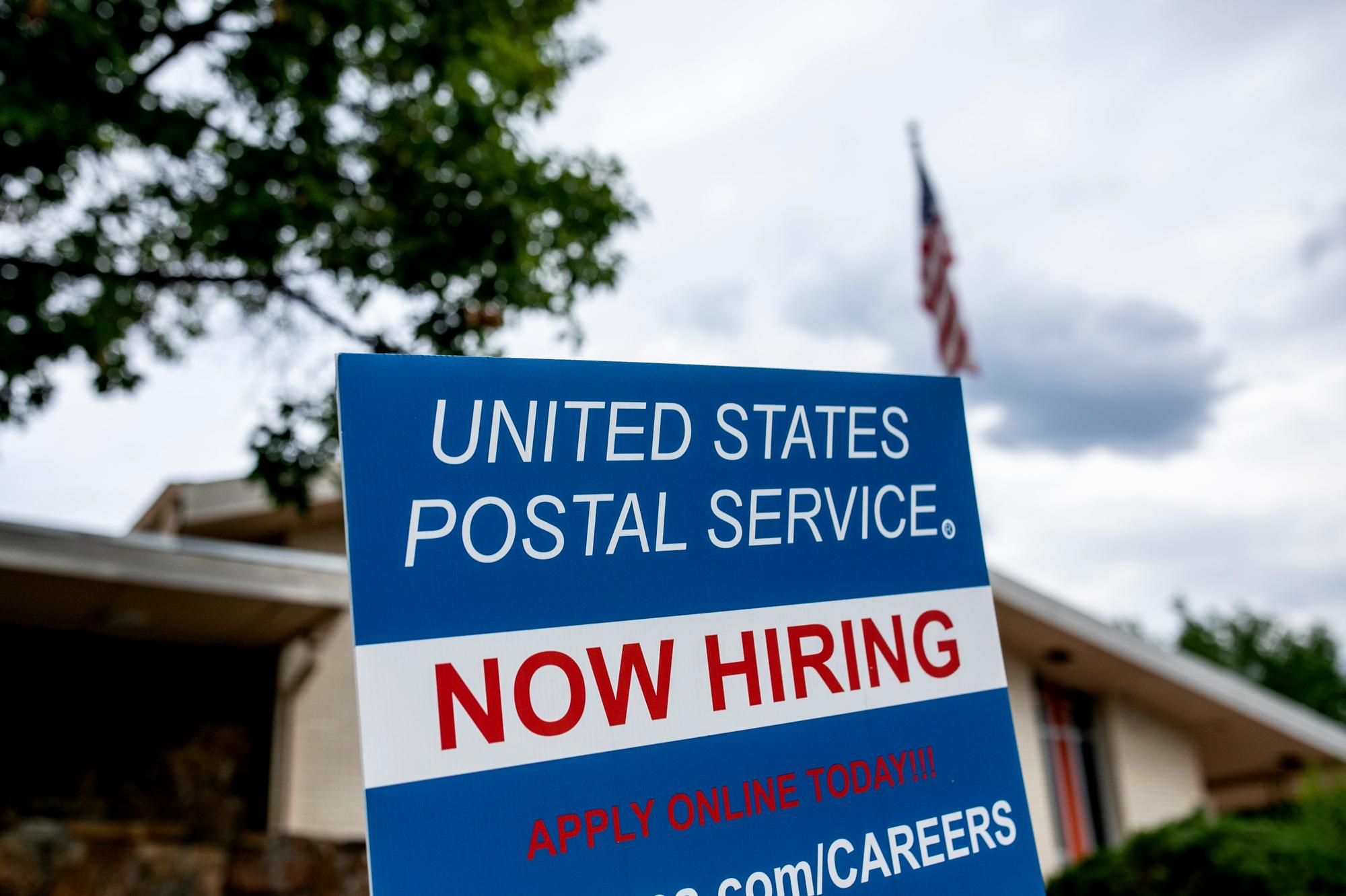
Colorado workers are quitting their jobs at the state’s highest rate in the past two decades, according to new data from the Bureau of Labor and Statistics.
One in 23 Colorado workers left their jobs during September, according to a preliminary report, pushing the state’s quit rate to the fourth-highest of any state in the nation.
Ryan Gedney, a senior economist at the Colorado Department of Labor and Employment, said that as the economy improves and unemployment decreases, it makes sense that more people might be quitting their jobs.
“I wouldn’t look at quit rate as a bad thing,” Gedney said. “I think churn and labor dynamics are healthy, and this just reflects people looking for other job opportunities.”
The quit rate in Colorado, following nationwide trends, dropped in early 2020 as pandemic-related stay-at-home orders were issued and unemployment soared.
Now, as the economy reopens, Colorado employers are looking to fill a historically high number of job openings, creating opportunities for workers looking for better pay or a change.
Gedney said that many times, the quit rate reflects people who leave their jobs and immediately take a new job, “so it's really just moving from one job to the next. And sometimes that could actually be good for the economy in terms of matching the right person with the right kind of job.”
It is unusual for so many workers to be quitting their jobs while unemployment is this high, but Gedney said comparing job openings to unemployment is more useful.
“For September, the openings-unemployed ratio for Colorado was one,” Gedney said. “So that means that for every job opening, there's at least one unemployed person that could theoretically fill that job.”
However, the current labor market still poses challenges for employers.
Loren Furman, CEO-elect of the Colorado Chamber of Commerce, said that difficulty finding childcare and concerns over the virus could be keeping some workers from returning to work, which leaves employers short-staffed.
“If a business can't continue to operate at its highest capacity and produce certain goods, or can't get certain goods, then those costs are going to go up for consumers,” Furman said.
Some businesses, most notably restaurants, have also cut their hours due to worker shortages.
Detailed reports on which industries workers are leaving won’t be available until next summer, but nationally, the highest quit rates have been in leisure and hospitality, including food services, and retail. In Colorado, the accommodation and food services workforce increased by about 65,400 workers, composing roughly half of the jobs that were added statewide this year. But the industry still hasn’t fully recovered all of the workers it lost during the pandemic.
October’s employment report left Gedney feeling hopeful about the economy. The share of Coloradans aged 16 years and older who are now employed has increased for two months in a row, for the first time since May. Non-farm payroll jobs increased by 10,000 workers — the largest increase since April.
“I think that certainly, the data reported (last week) was very positive, in terms of Colorado's path to recovery, and even the nation’s,” Gedney said. “But yes, we may see elevated quit rates for some time. And I do think that's a reflection of the economy getting better, not necessarily getting worse.”
Correction: Loren Furman's first name was misspelled in an earlier version of this article.









